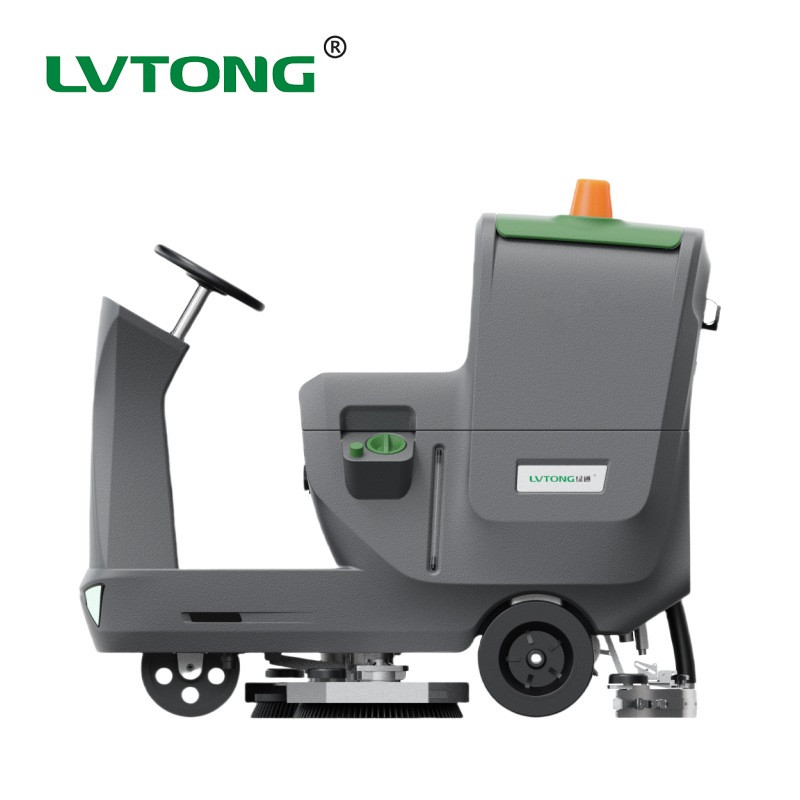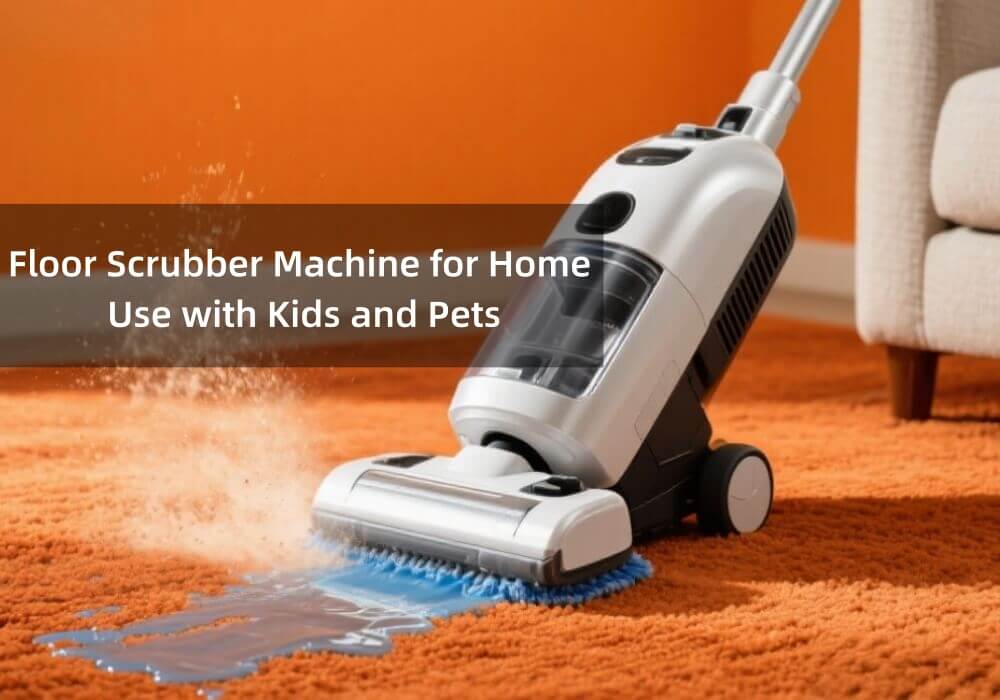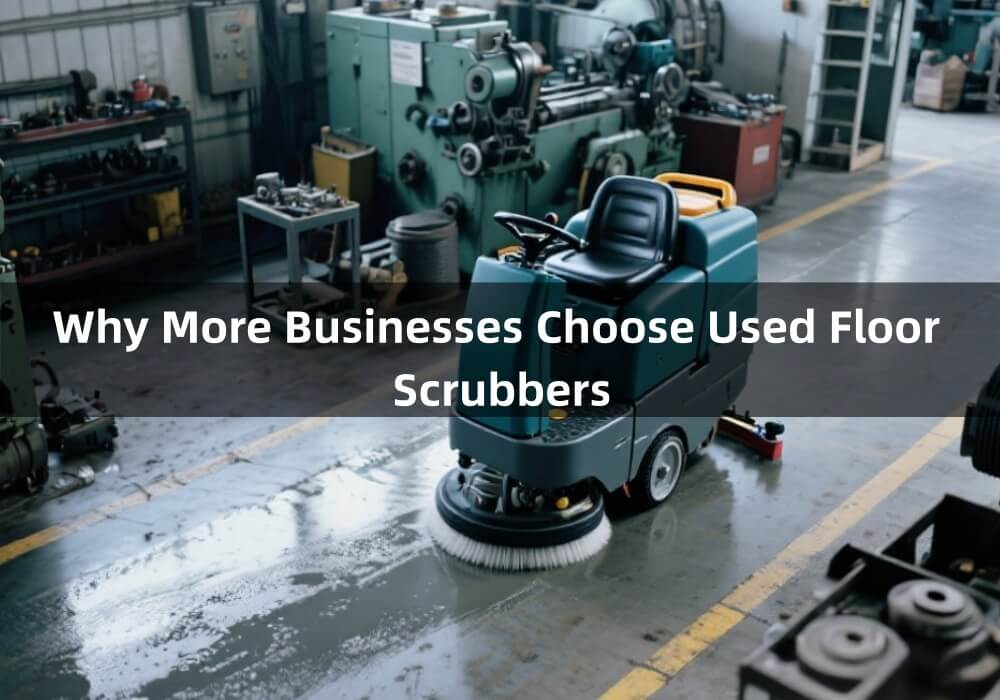Introduction
In the current era of continuous industrial development, the industrial cleaning equipment market has shown enormous potential. The demand for industrial cleaning equipment is increasing from large industrial manufacturing factories to emerging electronic industrial parks. To become an excellent distributor of industrial cleaning equipment in this market field, one needs to possess multiple characteristics.
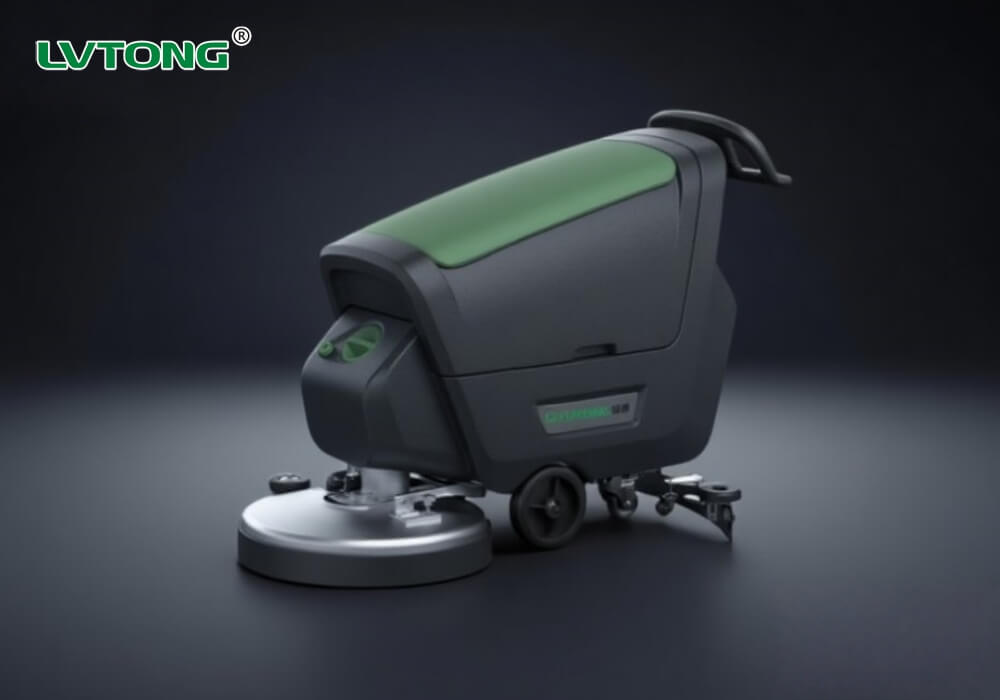
Deep Understanding: Market、Product、Competition Market Analysis
Market Analysis
Industry: Based on the characteristics of the product, we can focus on the following industry markets to identify their pain points and procurement standards. For example: Food and beverage (emphasizing hygiene and compliance), Automobile manufacturing (oil pollution treatment), Electronic semiconductors (dust-free environment), Logistics and warehousing (large hard floors), Medical (strict disinfection), Heavy industry (severe oil pollution).
Customers: Develop differentiated marketing plans and strategies for different levels of customer groups. For example: Large multinational companies (complex processes, long decision-making chains, and emphasis on overall solutions), Medium-sized companies (equal emphasis on cost-effectiveness and efficiency), and Small companies/contractors (price-sensitive and easy to operate).
Product Analysis
Basic Knowledge System: In-depth understanding of the working principles, core components (motor, battery, brush plate, filtration system), performance parameters (cleaning width, water tank capacity, suction power, battery life), applicable scenarios and limitations of industrial floor scrubbers, sweepers, vacuum cleaners and other cleaning equipment.
Technology Insights: Focus on cutting-edge directions such as battery iteration, intelligence, environmental protection requirements, and sustainable material applications.
Solution Thinking: Focus on cleaning effect and efficiency. Understand the cleaning requirements of different floor materials (epoxy floor, cement, corundum) and stain types (oil, dust, chemical residue), and make the best cleaning plan according to the needs.
Competitive Analysis
Precise Benchmarking: Identify the main competitors in the region (other distributors, factory direct sales, online platforms), analyze their agent brands, main products, pricing strategies, target customers, service networks, marketing methods and advantages and disadvantages.
Differentiated Positioning: Clarify the price positioning of your own products. Compared with peers, find the advantages and characteristics of your own cleaning equipment differentiation.

Operational Capabilities
Brand and Supply Chain
Brand: Choose a suitable agent brand. Factors to consider include: brand awareness, product technology competitiveness and quality stability, price and profit margin, supply stability, regional protection policy and other key points.
Inventory: Establish a scientific inventory management model to avoid the contradiction of inventory backlog. Focus on ensuring the stock of commonly used consumables (brush plates, water-absorbing rubber strips, filters, detergents) and core models.
Supply Chain: Establish a solid communication channel with manufacturers to obtain product updates and discontinuation information in a timely manner. Explore the establishment of a localized small spare parts library to shorten the emergency maintenance response time.
Funding and Financial Management
Fund Reserve: Establish a strict accounts receivable management system (credit assessment, account period control, collection process). Explore multiple payment methods (such as installment payment, financial leasing cooperation) to promote transactions while managing risks.
Cost Control: Accurately calculate operating costs (rent, personnel, logistics, warehousing, marketing, capital costs). Optimize logistics routes, improve warehouse utilization, and control marketing input-output ratio.
Team Building
Clear Personnel Structure: Clearly understand the personnel needed by the company. Salesmen have professional sales capabilities; Technical engineers need solid mechanical or electrical knowledge; Customer service requires patience and professionalism.
Training System: New product and new technology training, sales skills drills, service standard processes and customer communication skills.

Customer Service
Customer Relation
Role Swap: Understand your customers’ business goals and challenges from their perspective. Act as a cleaning efficiency consultant, not a salesperson.
Value Communication: Calculate the return on investment (ROI) of equipment investment, including efficiency improvement (saving time), cost savings (reduced labor, consumables, and water costs), and risk reduction (reduced safety accidents and avoided fines).
Pre-Sale Experience
Professional Display and Trial: Provide device demonstrations or free trials in real-life scenarios, allowing customers to intuitively experience the effects. Resolve customer inquiries.
Customized Solution: Based on detailed on-site investigation and requirement analysis, provide a written solution that includes equipment selection, configuration recommendations, operation training, maintenance plan, and expected results.
Transparent Process: With clearly communicate prices, delivery dates, payment terms, and after-sales service content to avoid subsequent disputes.
After-Sale Service
Quick Response: Customer service will reply to information promptly within 24 hours to provide good after-sales service guarantee.
Technical Expert Team: Establish a high-level technical service team to professionally solve customers' after-sales product problems.
Technical Guidance: Provide customers with professional product technical guidance on a regular basis, proactively ask customers whether they encounter any problems with product operation, and provide online guidance.
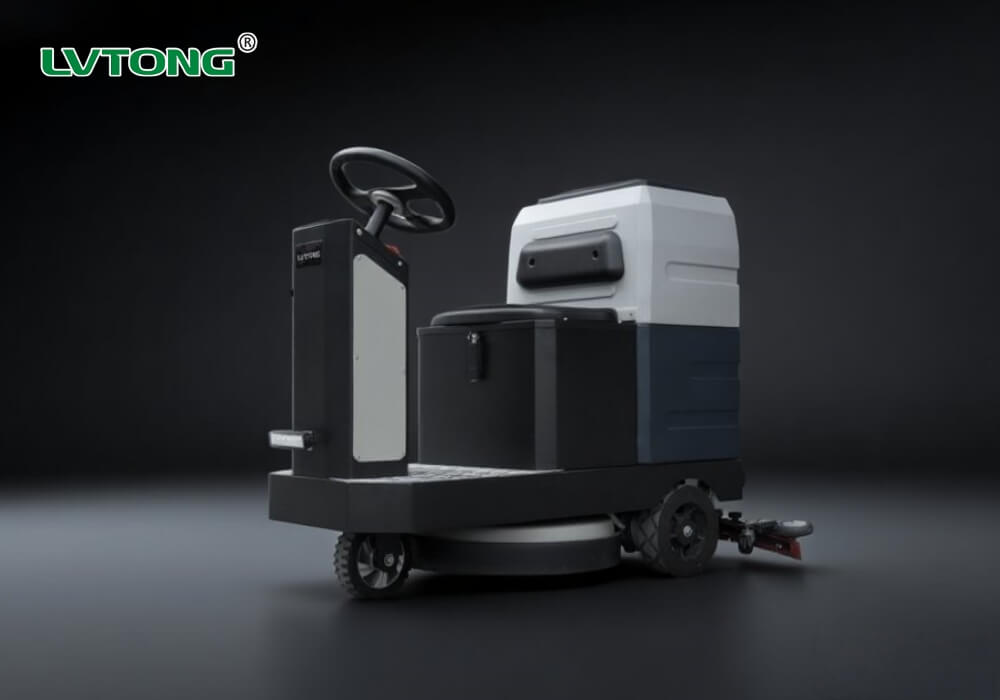
Marketing Method
Multi-Channel Marketing
Offline Channels: Actively participate in exhibitions and seminars related to the cleaning equipment industry to enhance brand exposure and industry influence.
Online Channels:
- Build a Professional Official Website: Showcase company strength, agency brands, successful cases and service content.
- Build an E-commerce Platform:You can open a flagship store for cleaning equipment products on platforms such as 1688 and Alibaba International Station to cover more offline marketing channels for products
- Field Promotion:After finding the right product market positioning, salesmen can conduct field promotion activities in the region. At the same time, they can also collect customers' opinions and insights on the product.
Continuous Learning
Industry Information
Industry Dynamics: Regularly read industry journals, association reports, and manufacturer technology updates. Pay attention to the dynamics of the cleaning industry association.
Participate in the Community: Actively take part in industry exhibitions, technical seminars and other activities, exchange experiences with peers and experts and make more friends.
Network Information
Deepen Manufacturer Relationships: Establish strategic partnerships with brand manufacturers that go beyond buying and selling, and strive for more market resources, training support and priority supply rights.
Expand Professional Network: Take the initiative to get to know industry association leaders, industry experts, and influential end users. Take the initiative to learn their insights into the cleaning equipment industry.
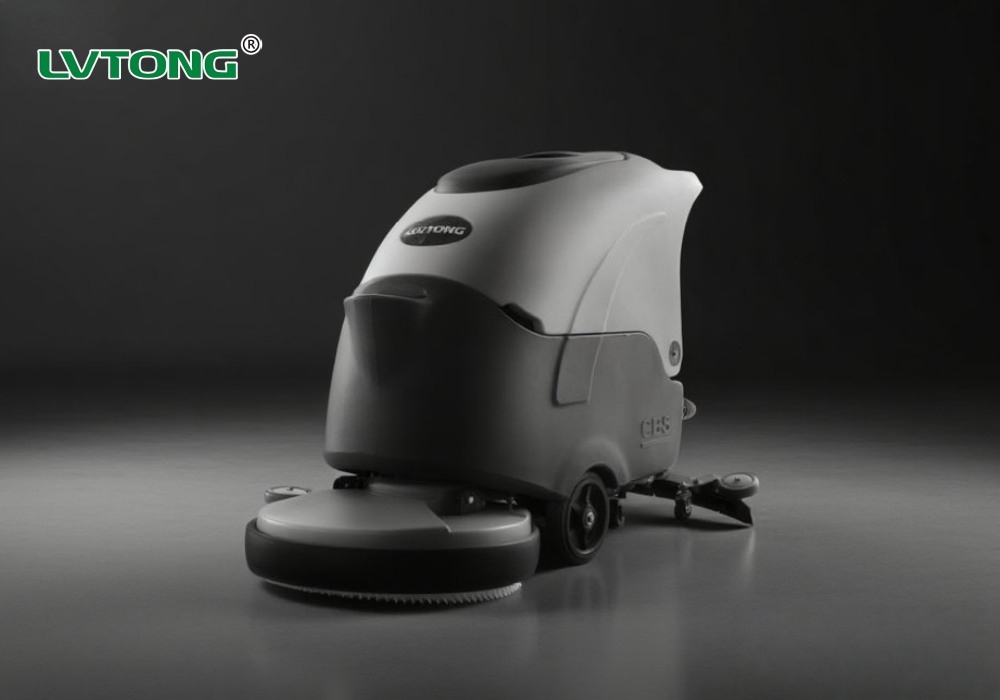
Conclusion
Therefore, in order to become a successful industrial cleaning equipment distributor, you not only need sales ability, but also a long-term journey that combines business intelligence, technical understanding and perseverance. Moreover, you not only need to be proficient in products, operations and customer service, but also have the ability to have market insight and future development trends of the industry.


